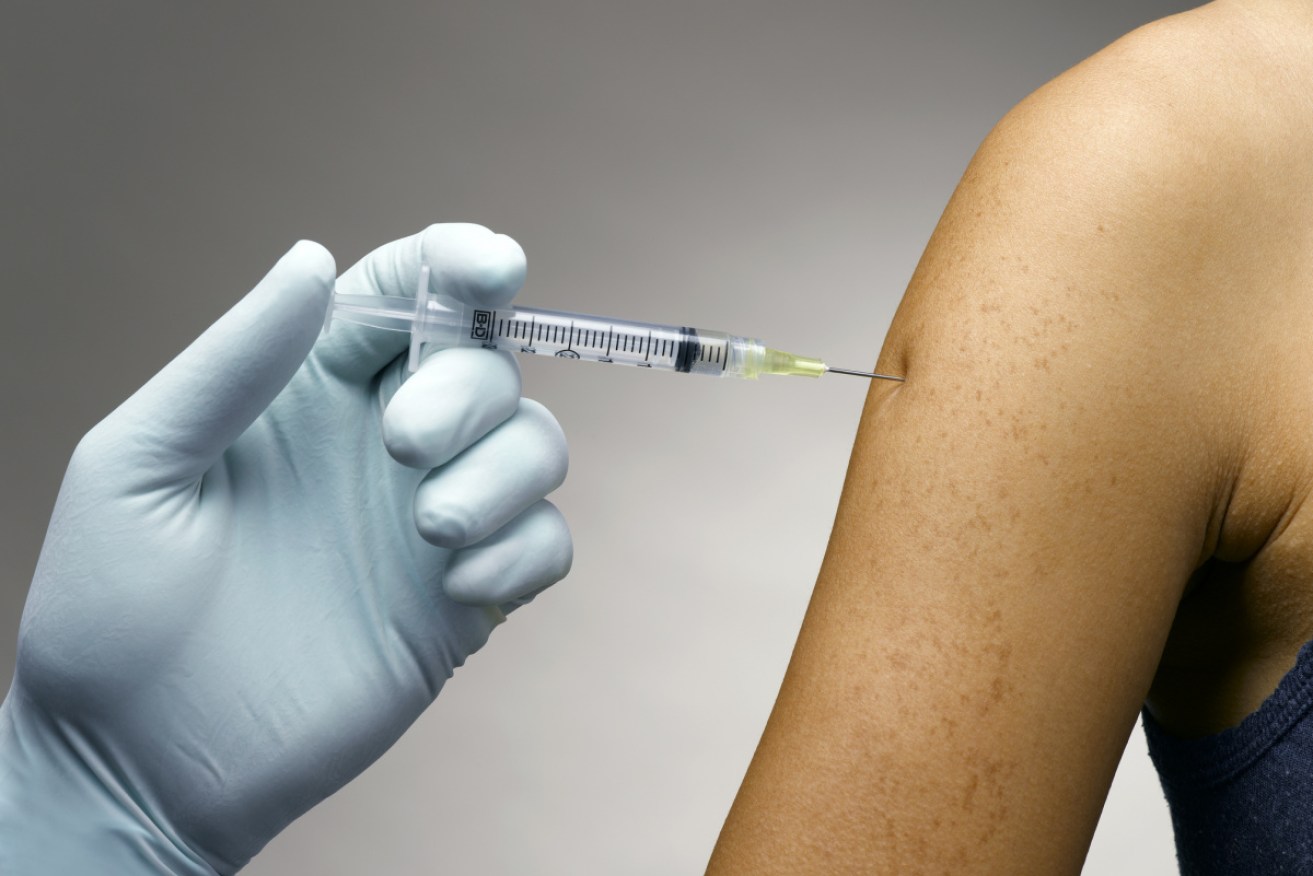The dollar value of a life in Australia: How economists are failing the public on health


The community should be more involved in public health decisions, experts say. Photo: Getty
This year’s horror flu season has made vaccines and preventative medicine a water-cooler topic in workplaces around the nation.
So just how healthy is Australia’s preventative health system, and are our governments spending enough to adequately protect against future disease outbreaks?
Leading public health expert Professor Terry Nolan, head of the University of Melbourne’s School of Population and Global Health, said that while the nation’s preventative health system is far from broken, it could be better.
When it comes to government funding of key preventative measures such as vaccines, there is often a major – and deadly – time lag, he said.
“Many people may have to die or have serious illness in order for us to be persuaded to use an intervention we’ve already got in our hands,” Professor Nolan told a room full of public health academics, economists, and pharmaceutical executives at a Committee for Economic Development of Australia (CEDA) panel discussion on Tuesday.
Lives have to be lost before we can get to the point of making that decision,’’ he said.
“That is the paradox, and that’s a fundamental issue for vaccines.”
Another problem is that “when prevention’s working nothing’s happening”, Professor Nolan said.
The danger around that is we don’t do anything because we become lax.’’
The severity of diseases, such as the flu, can wax and wane overtime, lulling governments and the public into complacency about the need for preventative health measures.
However, a robust preventative public health system must be properly funded to combat diseases that are “not manifested at the moment but might manifest next year or in five years’ time”, Professor Nolan said.
“This year we have had a particularly bad year for flu … We’re hoping it’s going to plateau but we don’t know yet,” he said.
“But out of the blue for reasons that are not yet fully understood, all of a sudden we have two, three, four, five times more disease than we thought we’d have. [It’s] entirely unpredictable.”
The dollar value of a ‘statistical life’ in Australia
The dollar value the federal government places on the life of one of its citizens – otherwise known as the government’s “willingness to pay” for preventative health and other measures – is just over $4 million.
“Willingness to pay is the appropriate way to estimate the value of reductions in the risk of physical harm – known as the value of statistical life,” a 2014 paper by the Department of Prime Minister and Cabinet states.
“Based on international and Australian research a credible estimate of the value of statistical life is $4.2 million and the value of statistical life year is $182,000 in 2014 dollars.”
The government’s willingness to cough up the money required to fund widespread public health initiatives is something the general public, not just number crunchers, should have more of a say in, Professor Nolan said.
“We need to have a debate that involves everyone … but importantly, consumers need to have a voice in this and how we go forward with better policy than what we have,” he said.
Professor Rosemary Calder, director of the Australian Health Policy Collaboration, agreed, saying that greater consideration needs to be paid to “the impact cost and consequence on the individual” and “the ripple effect out to the communities, workplaces, schools, and the economy”.
Rod Campbell, research director at The Australia Institute, said that economists have too much power and influence over major public health decisions.
“Does anyone really want economists setting health and immunisation policy here in Australia?” he asked.
“Economics isn’t used to measure community sentiment and make decisions in line with community values, but is actually being used to exclude the community from debate.”
If economists were “including the community and reflecting what they wanted you’d see a lot more money being put into prevention and vaccines and a lot less money being put into ridiculous tax cuts for people earning over $200,000 a year … and the huge range of boondoggles we see all around us”, Mr Campbell said.
“You can’t have a Scandinavian-style health system with a US-style tax system.”








